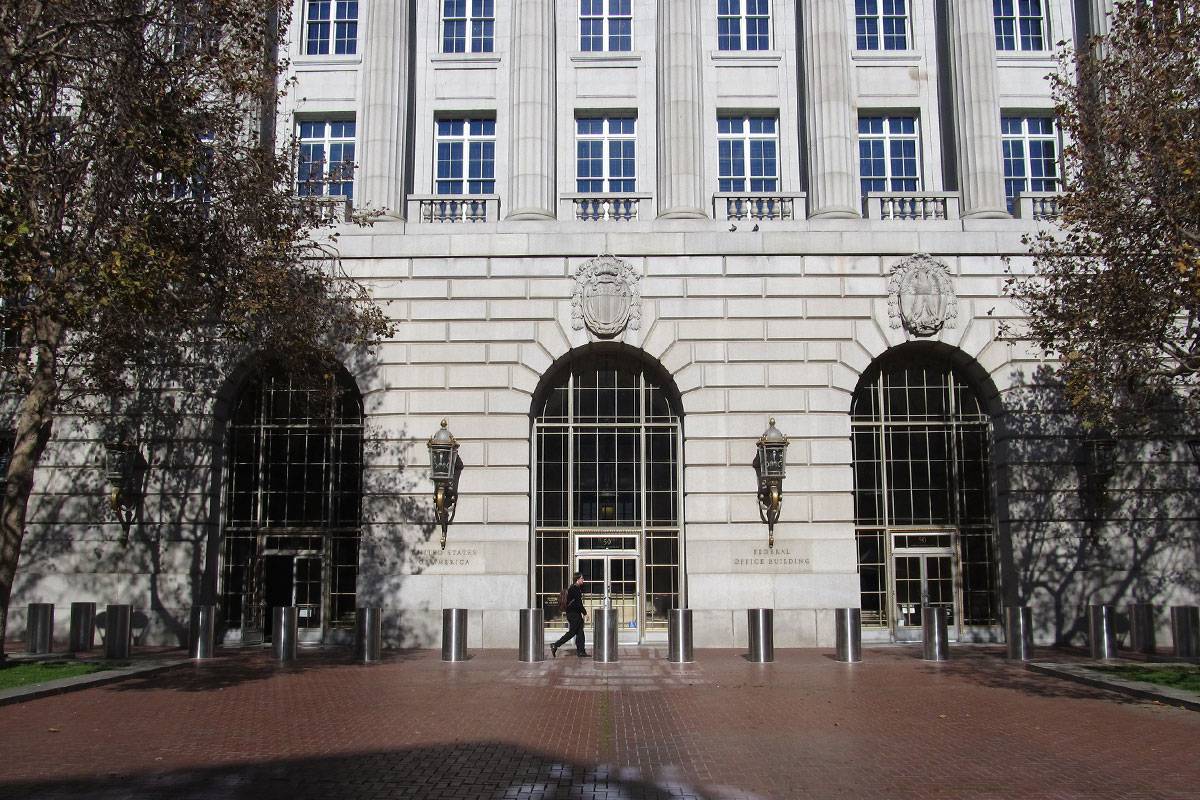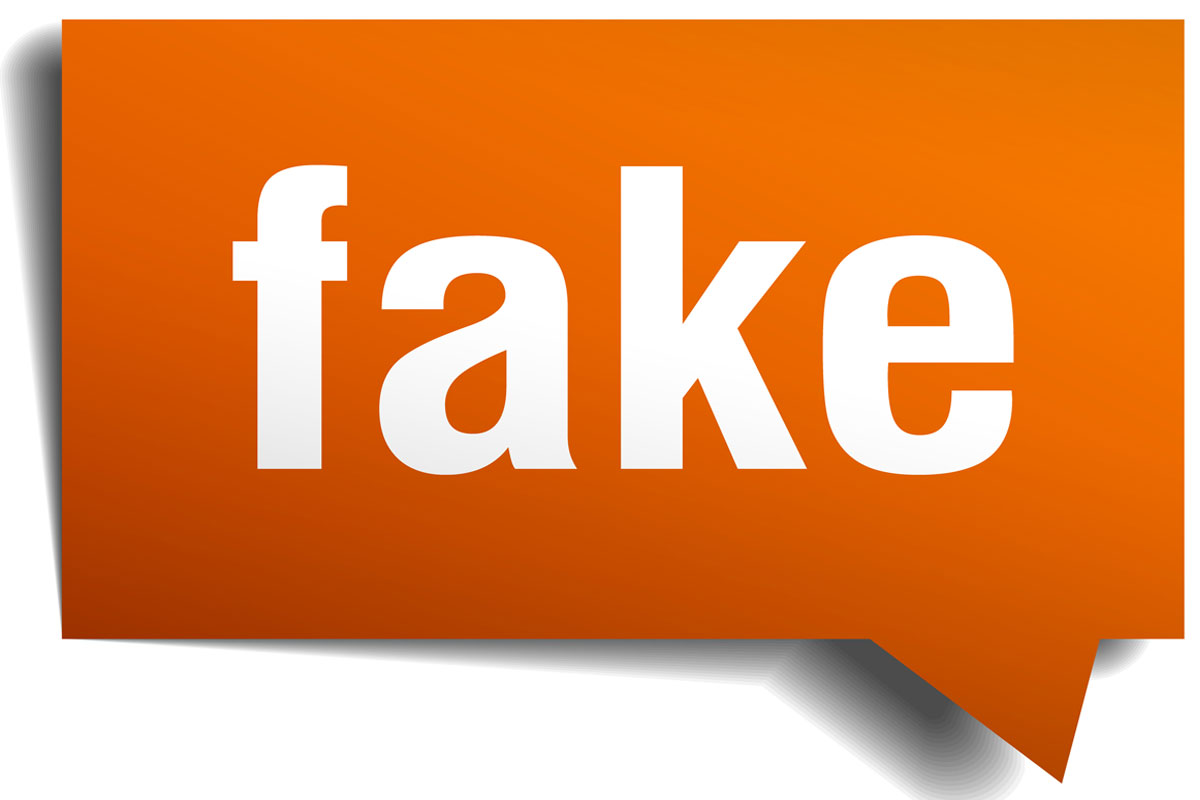Introduction
As many will know, the WordPress Foundation has commenced court proceedings against Mr Yablon and PC-VIP, Inc in relation to the use of “WordPress” in “The WordPress Helpers” website and multiple domain names: thewordpresshelpers.com, thewordpresshelpdesk.com, thewordpresstrainers.com, thewordpressteachers.com, thewordpressdoctors.com, wordpresstraffic.com and thewordpresstutors.com. Attempts to resolve the matter without resorting to court proceedings have, it seems, been unsuccessful.
The WordPress Foundation’s complaint against Mr Yablon and PC-VIP, Inc, filed with the United States District Court for the Northern District of California, contains five claims for relief. It also seeks a jury trial. The complaint is available online if you’d like to read it.
Fools rush in where angels fear to tread
I don’t propose to express an opinion on whether and if so how many of the claims may succeed. Not only is it more appropriate to leave that to US trademark and cybersquatting attorneys but we are yet to see a statement of defence from the defendants and we are probably not fully aware of the full range of facts (other than the obvious ones) that underpin the WordPress Foundation’s complaint and that will need to be established for at least some of the claims.
Instead, I propose to summarise the claims and then provide, for each, the main U.S. statutory provisions that underpin the claims (hopefully I’ve found the latest versions). My goal here is simply to provide those interested in this dispute with more information as to the bases for the claims. Note that in some cases I’ve only included the main ’cause of action’ provisions and not all the provisions setting out the remedies that may be available where a cause of action (or claim) is established. There’s only so much of this stuff you’ll want to read… . After that, I’ll make a few comments on the nature of these proceedings and close this post by summarising an interesting US trademark / domain name case from 2003.
1. Infringement of federally registered trademarks, in violation of the Lanham Act, including but not limited to 15 USC § 1114, for which it seeks injunctive relief and damages
(1) Any person who shall, without the consent of the registrant—
(a) use in commerce any reproduction, counterfeit, copy, or colorable imitation of a registered mark in connection with the sale, offering for sale, distribution, or advertising of any goods or services on or in connection with which such use is likely to cause confusion, or to cause mistake, or to deceive; or
(b) reproduce, counterfeit, copy, or colorably imitate a registered mark and apply such reproduction, counterfeit, copy, or colorable imitation to labels, signs, prints, packages, wrappers, receptacles or advertisements intended to be used in commerce upon or in connection with the sale, offering for sale, distribution, or advertising of goods or services on or in connection with which such use is likely to cause confusion, or to cause mistake, or to deceive,
shall be liable in a civil action by the registrant for the remedies hereinafter provided. Under subsection (b) hereof, the registrant shall not be entitled to recover profits or damages unless the acts have been committed with knowledge that such imitation is intended to be used to cause confusion, or to cause mistake, or to deceive.
2. False designation of origin and unfair competition, in violation of 15 USC § 1125(a), for which the WordPress Foundation seeks injunctive relief and damages
(a) Civil action
(1) Any person who, on or in connection with any goods or services, or any container for goods, uses in commerce any word, term, name, symbol, or device, or any combination thereof, or any false designation of origin, false or misleading description of fact, or false or misleading representation of fact, which—
(A) is likely to cause confusion, or to cause mistake, or to deceive as to the affiliation, connection, or association of such person with another person, or as to the origin, sponsorship, or approval of his or her goods, services, or commercial activities by another person, or
(B) in commercial advertising or promotion, misrepresents the nature, characteristics, qualities, or geographic origin of his or her or another person’s goods, services, or commercial activities,
shall be liable in a civil action by any person who believes that he or she is or is likely to be damaged by such act.
3. Violation of the Anticybersquatting Consumer Protection Act under section 43(d) of the Lanham Act, 15 USC § 1125(d), for which the WordPress Foundation seeks immediate transfer of any names incorporating the WordPress trademarks and statutory damages
(1)
(A) A person shall be liable in a civil action by the owner of a mark, including a personal name which is protected as a mark under this section, if, without regard to the goods or services of the parties, that person—
(i) has a bad faith intent to profit from that mark, including a personal name which is protected as a mark under this section; and
(ii) registers, traffics in, or uses a domain name that—
(I) in the case of a mark that is distinctive at the time of registration of the domain name, is identical or confusingly similar to that mark;
(II) in the case of a famous mark that is famous at the time of registration of the domain name, is identical or confusingly similar to or dilutive of that mark; or
(III) is a trademark, word, or name protected by reason of section 706 of title 18 or section 220506 of title 36.
(B)
(i) In determining whether a person has a bad faith intent described under subparagraph (A), a court may consider factors such as, but not limited to—
(I) the trademark or other intellectual property rights of the person, if any, in the domain name;
(II) the extent to which the domain name consists of the legal name of the person or a name that is otherwise commonly used to identify that person;
(III) the person’s prior use, if any, of the domain name in connection with the bona fide offering of any goods or services;
(IV) the person’s bona fide noncommercial or fair use of the mark in a site accessible under the domain name;
(V) the person’s intent to divert consumers from the mark owner’s online location to a site accessible under the domain name that could harm the goodwill represented by the mark, either for commercial gain or with the intent to tarnish or disparage the mark, by creating a likelihood of confusion as to the source, sponsorship, affiliation, or endorsement of the site;
(VI) the person’s offer to transfer, sell, or otherwise assign the domain name to the mark owner or any third party for financial gain without having used, or having an intent to use, the domain name in the bona fide offering of any goods or services, or the person’s prior conduct indicating a pattern of such conduct;
(VII) the person’s provision of material and misleading false contact information when applying for the registration of the domain name, the person’s intentional failure to maintain accurate contact information, or the person’s prior conduct indicating a pattern of such conduct;
(VIII) the person’s registration or acquisition of multiple domain names which the person knows are identical or confusingly similar to marks of others that are distinctive at the time of registration of such domain names, or dilutive of famous marks of others that are famous at the time of registration of such domain names, without regard to the goods or services of the parties; and
(IX) the extent to which the mark incorporated in the person’s domain name registration is or is not distinctive and famous within the meaning of subsection (c).
(ii) Bad faith intent described under subparagraph (A) shall not be found in any case in which the court determines that the person believed and had reasonable grounds to believe that the use of the domain name was a fair use or otherwise lawful.
4. Unauthorized use of the WordPress trademarks contrary to the California Business and Professions Code § 14245, for which the WordPress Foundation seeks injunctive relief, recovery of profits and damages
14245.
(a) A person who does any of the following shall be subject to a civil action by the owner of the registered mark, and the remedies provided in Section 14250:
(1) Uses, without the consent of the registrant, any reproduction, counterfeit, copy, or colorable imitation of a mark registered under this chapter in connection with the sale, distribution, offering for sale, or advertising of goods or services on or in connection with which the use is likely to cause confusion or mistake, or to deceive as to the source of origin of the goods or services.
(2) Reproduces, counterfeits, copies, or colorably imitates the mark and applies the reproduction, counterfeit, copy, or colorable imitation to labels, signs, prints, packages, wrappers, receptacles, or advertisements intended to be used upon or in connection with the sale or other distribution in this state of goods or services. The registrant shall not be entitled under this paragraph to recover profits or damages unless the acts have been committed with knowledge that the mark is intended to be used to cause confusion or mistake, or to deceive.
…
5. Unfair competition contrary to the California Business and Professions Code § 17200 et seq, for which the WordPress Foundation seeks injunctive relief and an order that the defendants disgorge all profits on the use, display or sale of the infringing services
17200. As used in this chapter, unfair competition shall mean and include any unlawful, unfair or fraudulent business act or practice and unfair, deceptive, untrue or misleading advertising and any act prohibited by Chapter 1 (commencing with Section 17500) of Part 3 of Division 7 of the Business and Professions Code.
17201. As used in this chapter, the term person shall mean and include natural persons, corporations, firms, partnerships, joint stock companies, associations and other organizations of persons.
…
17202. Notwithstanding Section 3369 of the Civil Code, specific or preventive relief may be granted to enforce a penalty, forfeiture, or penal law in a case of unfair competition.
17203. Injunctive Relief–Court Orders
Any person who engages, has engaged, or proposes to engage in unfair competition may be enjoined in any court of competent jurisdiction. The court may make such orders or judgments, including the appointment of a receiver, as may be necessary to prevent the use or employment by any person of any practice which constitutes unfair competition, as defined in this chapter, or as may be necessary to restore to any person in interest any money or property, real or personal, which may have been acquired by means of such unfair competition. Any person may pursue representative claims or relief on behalf of others only if the claimant meets the standing requirements of Section 17204 and complies with Section 382 of the Code of Civil Procedure, but these limitations do not apply to claims brought under this chapter by the Attorney General, or any district attorney, county counsel, city attorney, or city prosecutor in this state.
…
17205. Unless otherwise expressly provided, the remedies or penalties provided by this chapter are cumulative to each other and to the remedies or penalties available under all other laws of this state.
…
A couple of comments
Whilst I won’t express an opinion on these claims, it is clear that the Court will need to consider a range of issues, both factual and legal. One of those issues is whether use of the WordPress trademark in the domain names is likely to cause confusion. Note that this issue is judged from an ordinary consumer’s point of view. Tech-savvy WordPress users with a solid understanding of the WordPress community (e.g., the Chandlers and the Lemas of this world) are highly unlikely to represent the ordinary consumer’s point of view. Think, instead, of someone who is relatively new to WordPress, who is having trouble with something, and who comes across the likes of thewordpresshelpers.com or thewordpresshelpdesk.com. Would there be a likelihood of confusion?
One other point I’d make is that it is likely to be particularly time-consuming and expensive (perhaps very expensive) to see this matter through to trial. And if all the remedies sought against the defendants were to be granted, the consequences might be severe. For these reasons, and in drawing on my 10 years’ experience (in an earlier life) as a litigation lawyer, we may well see this case settle before a jury gets its hands on it. Only time will tell. For now, though, the parties seem entrenched and ready for battle.
A case study
I thought I’d end this post by noting the case of PACCAR Inc v TeleScan Technologies LLC, 115 F. Supp. 2d 772 (E.D. Mich 2000), aff’d in part, 319 F.3d 243 (6th Cir. 2003) which is usefully summarised in J D Hart’s excellent Internet Law: A Field Guide (6 ed, BNA Books, 2008), as follows:
“PACCAR, a manufacturer of heavy trucks and truck parts under the “Peterbilt” and “Kenworth” trademarks, filed suit against TeleScan Technologies, the operator of several websites that allow consumers to locate new and used heavy truck dealers. TeleScan had registered domain names that incorporated PACCAR’s trademarks (peterbilttrucks.com, kenworthtrucks.com, peterbiltnewtrucks.com, kenworthdealers.com and others).
The trial court issued a preliminary injunction, ordered TeleScan to transfer registration of the challenged domain names to PACCAR, and enjoined [i.e., prohibited] TeleScan from using any PACCAR mark or colorable imitation of any such mark in any domain name, metatag, or portion of a web page (such as “wallpaper”) if such use would cause consumers to associate the Peterbilt or Kenworth marks with TeleScan. The court also ordered TeleScan to post the order on its website.
The trial court applied traditional analysis to PACCAR’s claims of trademark infringement and dilution under the Lanham Act. The trial court rejected TeleScan’s argument that its use of the PACCAR marks in its domain names was akin to the user of a manufacturer’s marks to identify a vehicle in a classified ad or to identify merchandise for the purpose of stocking, displaying, or reselling. The trial court stated, “[A] classified advertisement communicates information as to the source of the truck, not information as to the seller of the truck. Words in domain names, however, do communicate information as to the nature of the entity sponsoring the website.” 115 F. Supp. 2d at 779. Because the domain names identified the websites, not the trucks that TeleScan advertised via those websites, the court found trademark infringement and dilution.
The U.S. Court of Appeals for the Sixth Circuit affirmed the trial court’s injunction, except to the extent it had enjoined TeleScan from using PACCAR marks in its metatags. The appellate court rejected TeleScan’s argument that its disclaimer disavowing affiliation with the trademark owner corrected any initial interest confusion caused by TeleScan’s use of PACCAR’s marks in its domain names.”
For now, over and out.
Update after initial post published
Jeff Chandler has drawn my attention to Aaron Hall’s article “‘Nominative Fair Use’ Allows Trademark Used on Website & Domain Name'”. The article and the Toyota / Lexus case to which it refers are certainly interesting.
The case involved (among other things) the defendants’ use of the trademark “Lexus” in some domain names (buy-a-lexus.com and buyorleaselexus.com). The District Court found trademark infringement but the United States Court of Appeals for the Ninth Circuit disagreed and held it was a situation of nominative fair use. The case is, I suggest, essential reading. It’s available online. I suspect the defendants may seek to rely on it. In that event, I would expect the WordPress Foundation’s lawyers to try to distinguish it on the facts; that is, they would say the facts are quite different here. They might say, for example, that it’s not like you can describe a Lexus car with LX or LS or the like. Compare WP that is commonly used to refer to the WordPress software; a practice that has become something of a community norm. WordPress is subject to trademark protection. WP is not. WordPress Foundation lawyers are also likely to refer to potentially useful passages in the judgement but bear in mind that so too are the defendants.
A part of me would not want to see this case go to trial because it is so easy for the defendants to make it go away and the risks they face are high. They don’t have to do that though (meaning they’re entitled to contest this in court of they wish) and there’s another part of me that would like it to go trial as the ultimate judgment (I say ultimate because a first instance decision might be appealed) could be expected to provide useful guidance. If this case does make its way to trial, the judgment will be a fascinating read!
(Thanks to Ken Lund for the photo of the United States District Court for the Northern District of California, San Francisco, California, licensed under a Creative Commons Attribution-ShareAlike 2.0 Generic license.)













 But wait, there’s more! David Smith, the developer of Gravity Perks, has agreed to give readers of WP and Legal Stuff a 20% discount on the standard price of Gravity Perks. To take advantage of this offer (which is valid until 11 July 2015), enter
But wait, there’s more! David Smith, the developer of Gravity Perks, has agreed to give readers of WP and Legal Stuff a 20% discount on the standard price of Gravity Perks. To take advantage of this offer (which is valid until 11 July 2015), enter 













